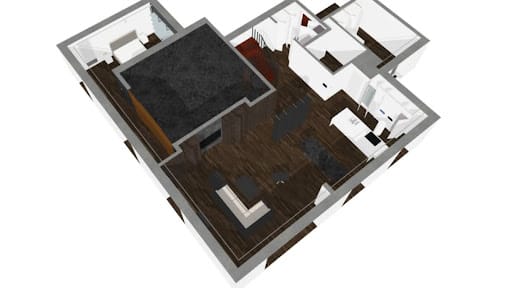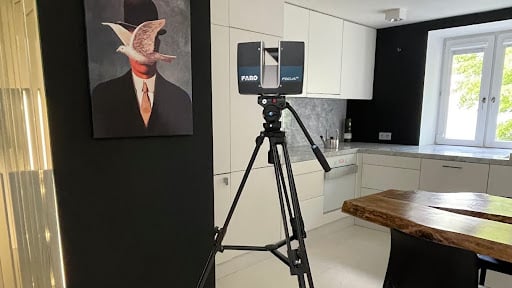Across the United States, homeowners, architects, and builders are turning to 3D laser scanning and Building Information Modeling (BIM) to streamline residential construction and renovation. These tools eliminate measurement errors, improve safety, and help deliver projects on time and on budget – whether you’re building a new home in California, renovating in Chicago, or updating a custom property in Arizona.
Table of Contents
Why 3D Laser Scanning Is a Smarter Starting Point
Before any design or demolition begins, capturing existing site conditions with laser scanning gives your project a millimeter-accurate foundation.
Key Benefits of Laser Scanning for Residential Projects:
- Accurate documentation of as-is conditions – no surprises later.
- Faster and safer design decisions with real-world spatial data.
- Better coordination between architects, engineers, and contractors.
- Easier permitting and inspection through digital documentation.
- Reduced risk of rework, cost overruns, and timeline delays.
From Scan to BIM: Turning Reality into Actionable Design
After scanning, point clouds are transformed into BIM models – 3D, data-rich digital replicas of your home that serve as the source of truth throughout the project.
What You Get with BIM for Residential Projects:
- Detailed 3D visualization of your renovation or build
- Clash detection before construction starts
- Quantity take-offs and material lists from true dimensions
- Installation verification and progress tracking
- Digital record of the final structure for maintenance and resale
Why Every Inch Counts in Residential Construction
In tight spaces like kitchens, custom stairwells, or multi-level layouts, even small errors can be costly. 3D scanning and BIM help prevent:
- Structural clashes and coordination delays
- Budget overruns from unforeseen site conditions
- Safety hazards from misaligned elements
- Time lost on manual measurements or redesigns
Long-Term Value: The Digital Twin of Your Home
Once construction ends, your BIM model becomes a digital twin – perfect for:
- Future renovations or additions
- Smart home system upgrades
- Energy monitoring and maintenance planning
- Boosting property value with full documentation

Spotlight: Residential 3D Scanning Projects Across the U.S. – Including Arizona
3D scanning and BIM are helping streamline residential design from coast to coast. In Arizona – a state known for its high-end, architecturally complex homes – this technology is especially valuable. Whether you’re renovating a desert retreat in Sedona or building your dream home in Paradise Valley, scan-to-BIM ensures that your design is built on real-world data, not outdated assumptions.
If you’re considering a residential project in Arizona, check out our comprehensive guide to scan-to-BIM for homeowners and contractors in the southwestern United States.





